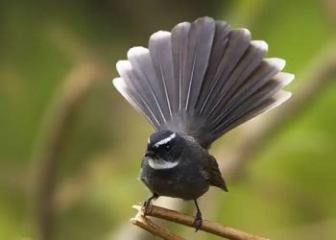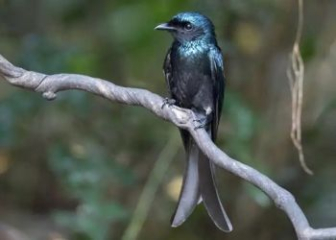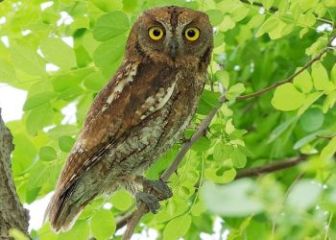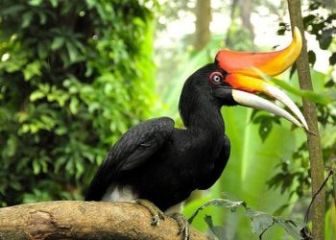Flycatchers - General characteristics & classification of flycatchers
Blog | by
Flycatchers (scientific name: Muscicapidae) - small birds with short, pointed beaks, the ability to catch prey in mid-air extremely quickly, and beautiful singing voices.
The flycatcher is one of the small but very popular forest birds thanks to its "skillful" ability to catch prey in the air. With colorful feathers and a lovely appearance, this bird not only contributes to the beauty of the landscape but also plays an extremely important role in ecological balance.
Let's nicebirds in detail the general characteristics, habits and common flycatcher species in Vietnam through the article below.
About the Flycatcher family
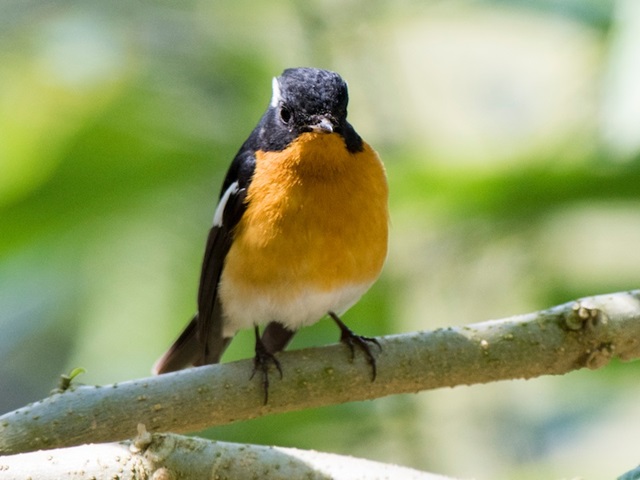
Learn about the Flycatcher family.
Flycatchers are a group of small birds in the family Muscicapidae, order Passeriformes, with more than 300 species distributed throughout Europe, Asia and Africa. In Vietnam, there are dozens of different species of flycatchers, recorded mainly in mountainous areas, gardens and wintering migration areas.
Flycatchers play an extremely important role in the ecosystem because they are natural enemies of harmful insects - The act of eating worms, bugs, flies, and mosquitoes of this bird helps maintain biological balance in forests and agriculture. Besides, they are also an intermediate link in the food chain as both predator and prey.
Currently, most species of birds in the Flycatcher family are classified as “Least Concern - LC” by IUCN.
General characteristics of flycatchers
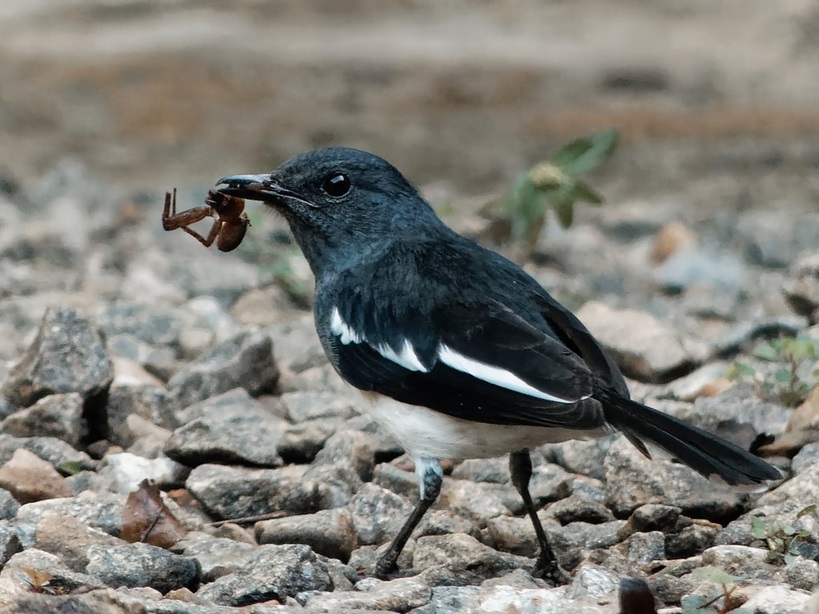
A flycatcher just caught an ant.
Although there are many species with many different habitats, most birds in the Flycatcher family have some common characteristics as follows:
Small size
Most flycatchers are very small in size, measuring only 10 - 17 cm in length and weighing about 8 - 25 grams. They have a small shape, round head, and short, pointed beak.
The male flycatcher is brightly colored.
In most flycatcher species, males are more brightly colored than females, with tones such as yellow, blue, jet black, white, and iridescent blue-gray.
Meanwhile, the female bird has a paler color with grayish brown or light gray, which helps them camouflage better.
Fast hunting ability
Flycatchers are famous for their quick hunting ability with the technique of “catching insects in mid-air”. Usually, they will stand still on a tree branch to search and identify the target, then quickly swoop out to catch the insect and return to the same spot.
Mainly eats live insects
Most flycatchers only eat live insects such as flies, mosquitoes, ants, spiders, etc. Occasionally, if food is too scarce, they will eat berries.
Good voice, many tones
Not only are they beautiful, most flycatchers have beautiful, high-pitched, resonant songs with a variety of timbres. Many species can even imitate the calls of other birds.
Common types of woodpeckers in Vietnam
Let's explore the common flycatcher species in Vietnam to see the richness and diversity of this bird species.
Black-chinned Flycatcher (Niltava davidi)
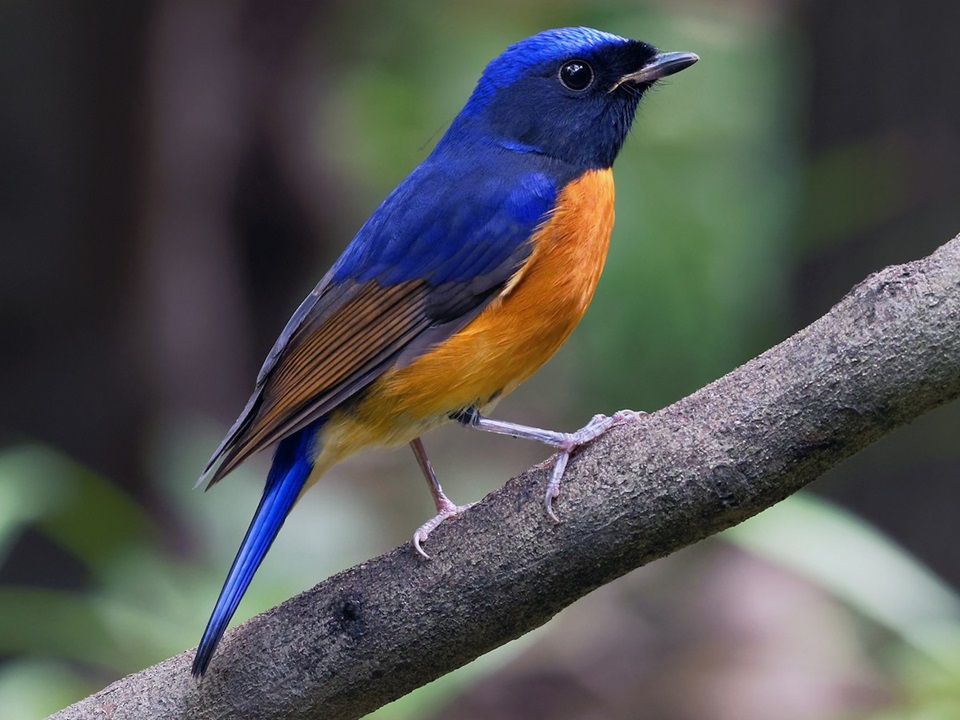
Black-chinned flycatcher image.
The Black-chinned Flycatcher, scientifically known as Niltava davidi, is a species of bird belonging to the Flycatcher family, notable for its colorful males and loud singing voice, often appearing in mountainous areas in East Asia and Southeast Asia. In Vietnam alone, this flycatcher species has been recorded in the northern mountainous provinces such as Ha Giang, Yen Bai,...
Identification characteristics of black-chinned flycatcher:
- Body length from 16 - 18 cm
- The male has a deep iridescent blue head, back and wings, a distinctive black patch on the underside of the throat and chin, and an orange-brown or yellow-brown chest and belly.
- The female has light gray-brown feathers, with a slight blue tinge to the wings and tail.
- Sharp, strong, black
- The main food is small insects, worms, butterflies, spiders,...
Japanese Flycatcher (Cyanoptila cyanomelana)

A male Japanese flycatcher with beautiful blue plumage.
The Japanese flycatcher, scientifically known as Cyanoptila cyanomelana, is a species of flycatcher, notable for its iridescent blue plumage. This is a migratory bird, breeding in Japan, Korea and then migrating to Southeast Asia for wintering, including Vietnam.
Identification characteristics of Japanese flycatcher:
- Size from 16 - 17 cm
- The male has a colorful plumage with a metallic deep blue back, head and tail, and a pure white belly and breast creating a unique contrast.
- The female is pale grey-brown in colour, with a lighter brown belly.
- Short, pointed, black beak
- The main food is flying insects such as flies, mosquitoes, small butterflies, and occasionally eats berries.
Blue-gray flycatcher (Eumyias thalassinus)
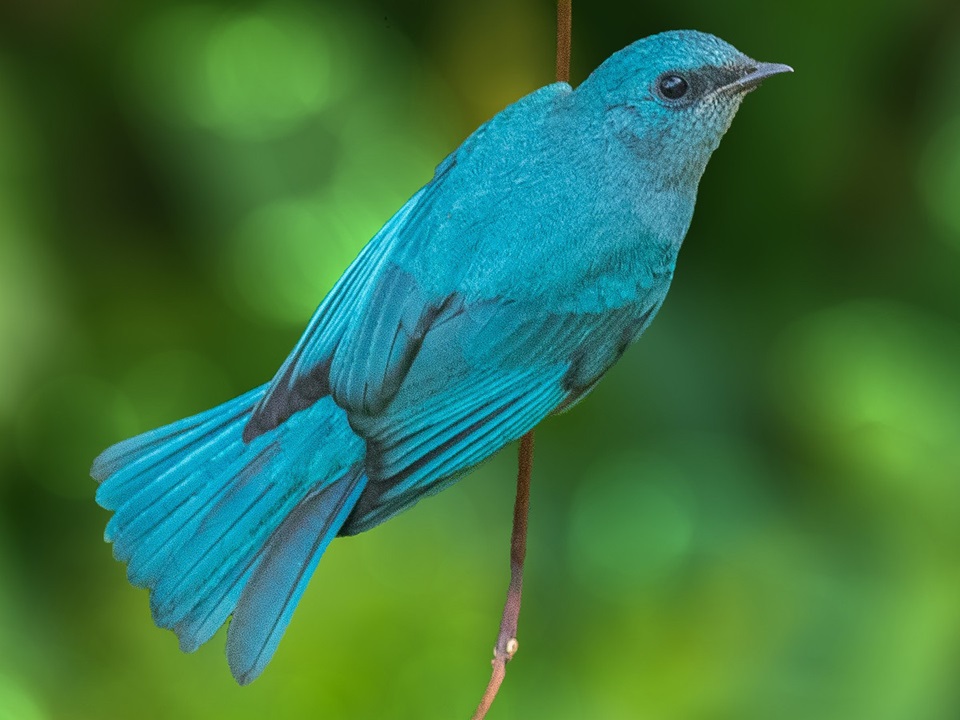
The blue-gray flycatcher's beautiful blue-gray plumage.
The blue-gray flycatcher has the scientific name Eumyias thalassinus, a flycatcher with an impressive appearance when both male and female birds have blue-gray feathers, often living in dense forests, secondary forests and have a chirping voice. In Vietnam, the blue-gray flycatcher often appears in Lao Cai, Yen Bai, Kon Tum, Lam Dong,...
Identification characteristics of the blue-gray flycatcher:
- Length from 15 - 16 cm
- The whole body is light gray-green, very beautiful.
- Black, pointed beak
- Big, black eyes
- Food is mainly flying insects, occasionally eats spiders and worms.
Golden Flycatcher (Ficedula zanthopygia)
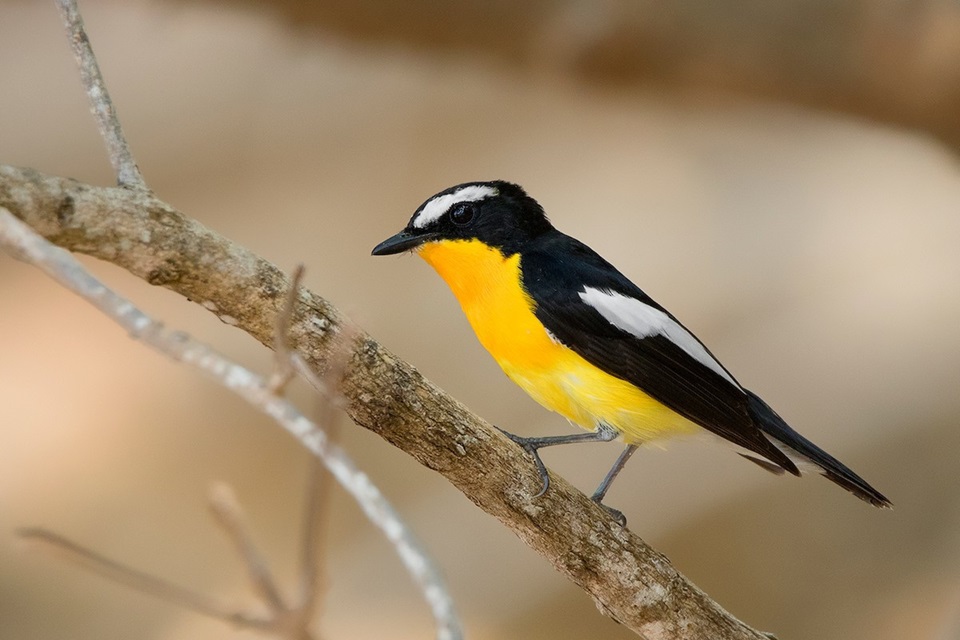
A small golden flycatcher.
The Golden-billed Flycatcher, scientifically known as Ficedula zanthopygia, is a migratory flycatcher with striking plumage that combines black and bright yellow. They usually breed in East Asia and winter in Southeast Asia, including Vietnam.
Identification characteristics of the golden flycatcher:
- Size from 13 - 14 cm
- The male has a velvety black head and back, with prominent white streaks above the head and wings, and a bright lemon yellow chest and belly.
- The female is pale grey-brown in colour, with a pale yellow belly and breast.
- Main food is small insects, occasionally eats fruits and berries.
White-browed black flycatcher (Ficedula westermanni)
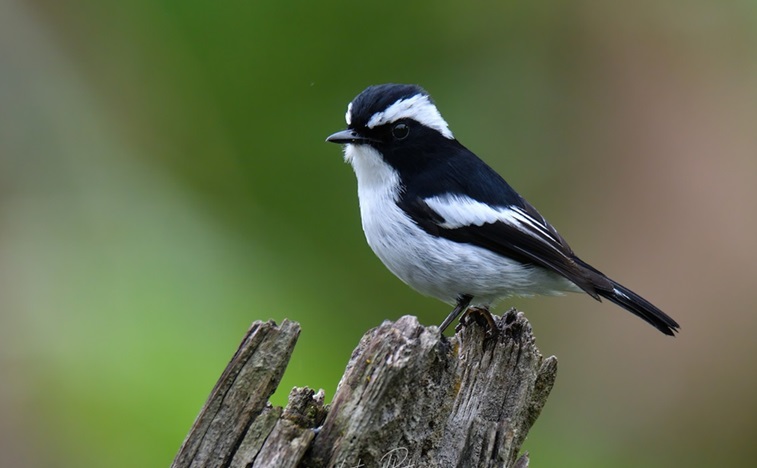
Image of a lovely black and white-browed flycatcher.
The white-browed black flycatcher, scientifically named Ficedula westermanni, is one of the smallest flycatcher species, often living in high mountain forests in Asia, including Vietnam.
Identification characteristics of the white-browed black flycatcher:
- Small size from 10 - 11 cm
- Male: The head, back and tail are jet black, the belly and chest are pure white, with a unique white eyebrow above the eye - their identifying feature.
- Female: Back and head are light grayish brown, belly and chest are creamy white, has white eyebrow streaks but not as clear as male.
- Food is small insects such as mosquitoes, flies, ants,...
Why are flycatchers not recommended as pets?
Although birds in the Flycatcher family are beautiful and colorful, they are not recommended for keeping as pets for reasons related to behavior, law and habitat. Specifically as follows:
- Flycatchers are wild birds, have free-living habits and are accustomed to large natural environments, so when kept in small cages and cramped spaces, they will be stressed and have behavioral disorders.
- Special diet Flycatchers only eat live insects such as flies, mosquitoes, worms, and spiders, so if they are not provided with fresh insects in captivity, they will gradually weaken and die.
- Some species of flycatchers are migratory birds or are on the list of prohibited hunting and trading, so raising flycatchers of unknown origin can easily violate the law.
Interesting Facts About Flycatchers
Below are some interesting facts about flycatchers, please join us to learn more.
- The name “Flycatcher” accurately describes the bird’s typical hunting style, perching on a branch then swooping out to grab its prey in a flash and returning to its original position.
- Flycatchers have a very rich range of songs, and some species can even imitate the sounds of other birds.
- A single flycatcher can kill hundreds of mosquitoes, flies, and moths every day.
Through the above article, nicebirds.net has shared with you detailed information about Flycatchers - small, cute birds that play an important role in the environment. Although this bird species has a beautiful appearance, they are completely unsuitable for artificial captivity, so if you love birds in the Flycatcher family, let's join hands to protect their habitat instead of capturing them.
Goodbye and see you soon in other articles of the Blog section to discover more interesting knowledge about the vast world of ornamental birds!
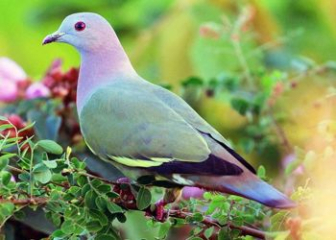
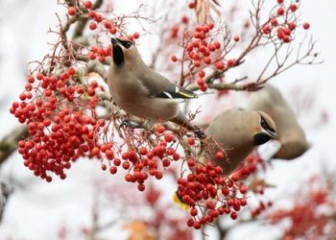
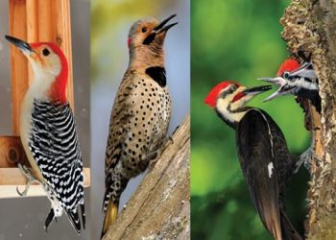

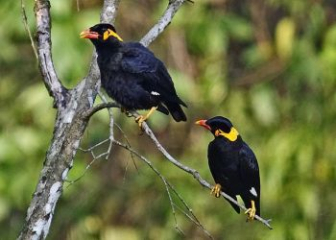
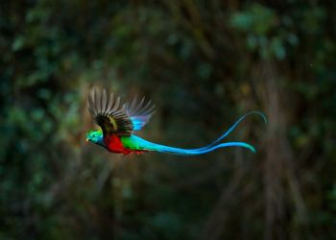
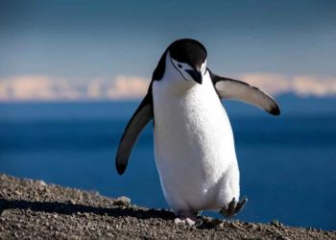
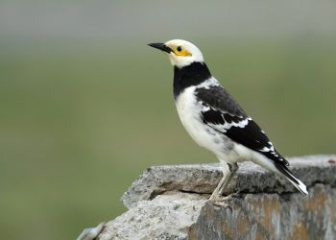
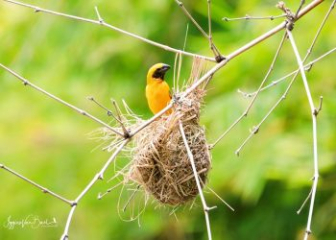
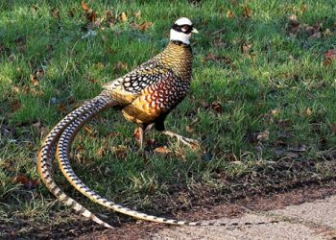
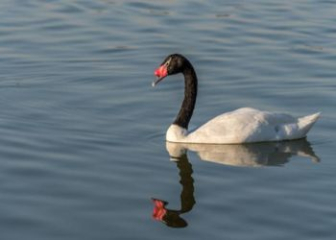
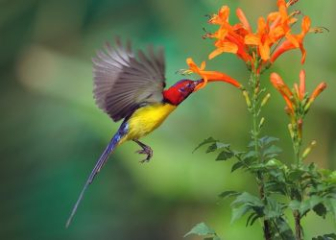
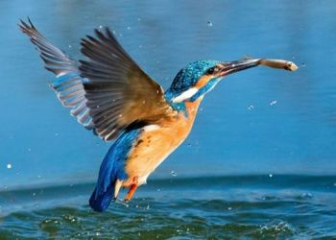
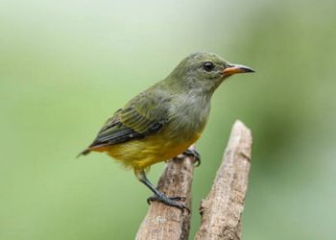
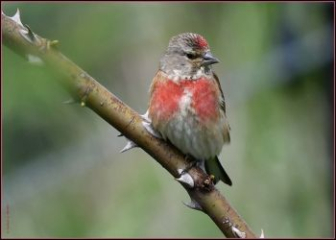
_350x250.jpg)
